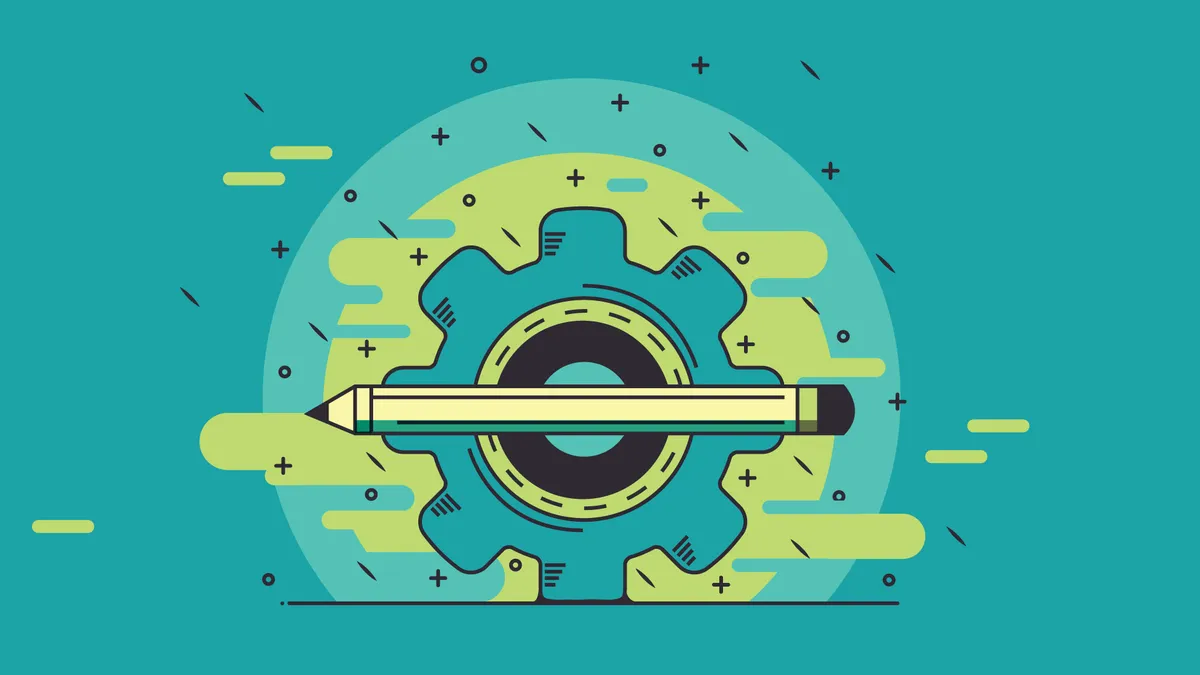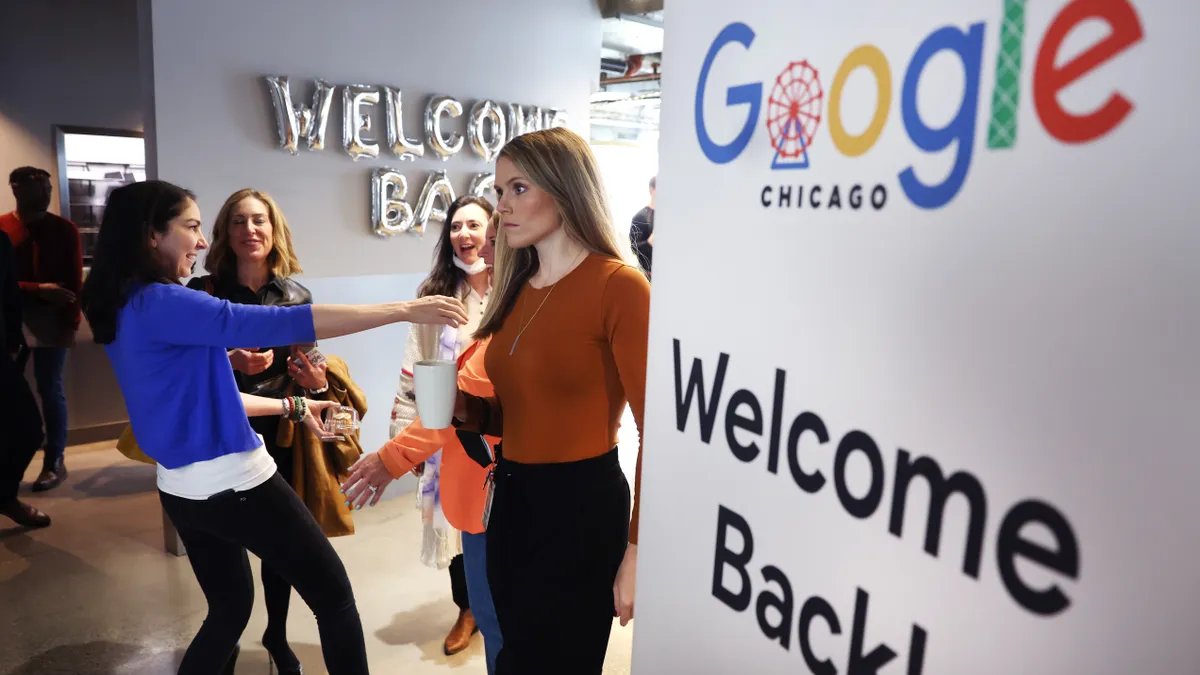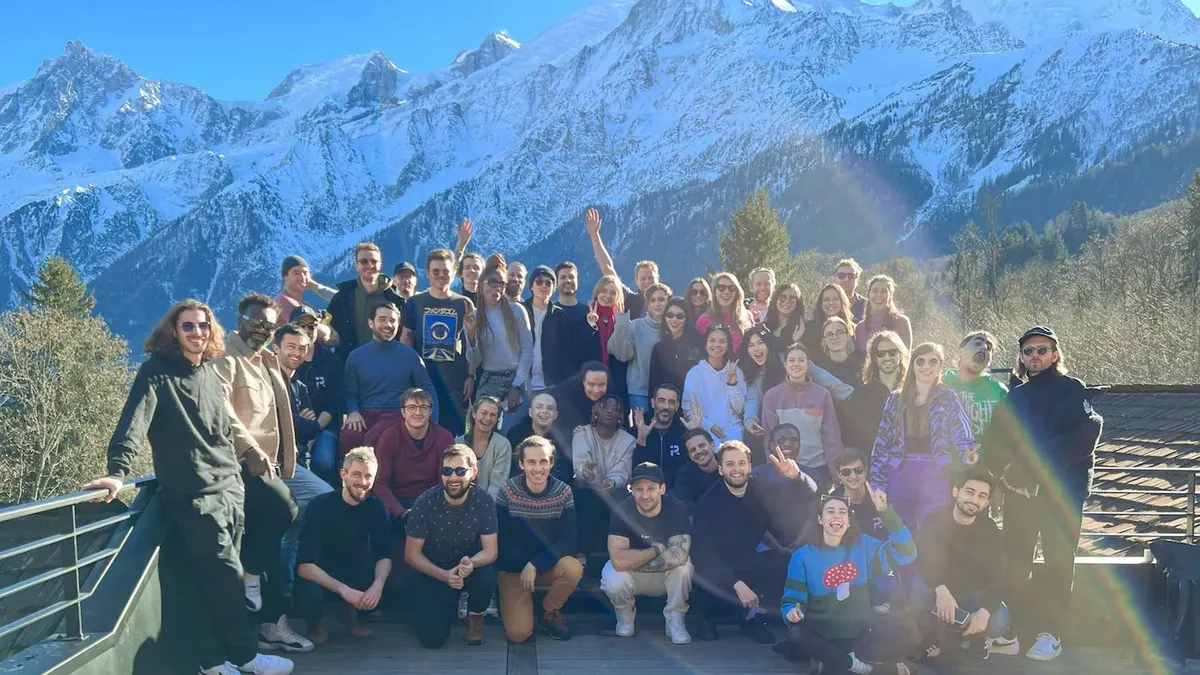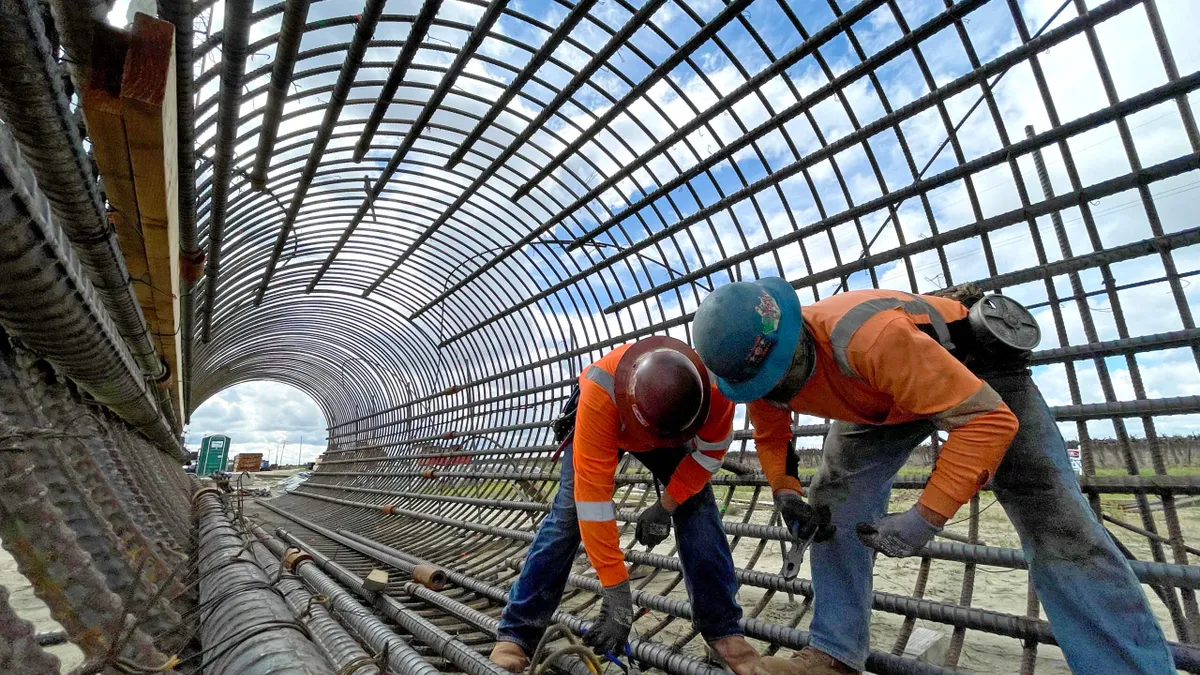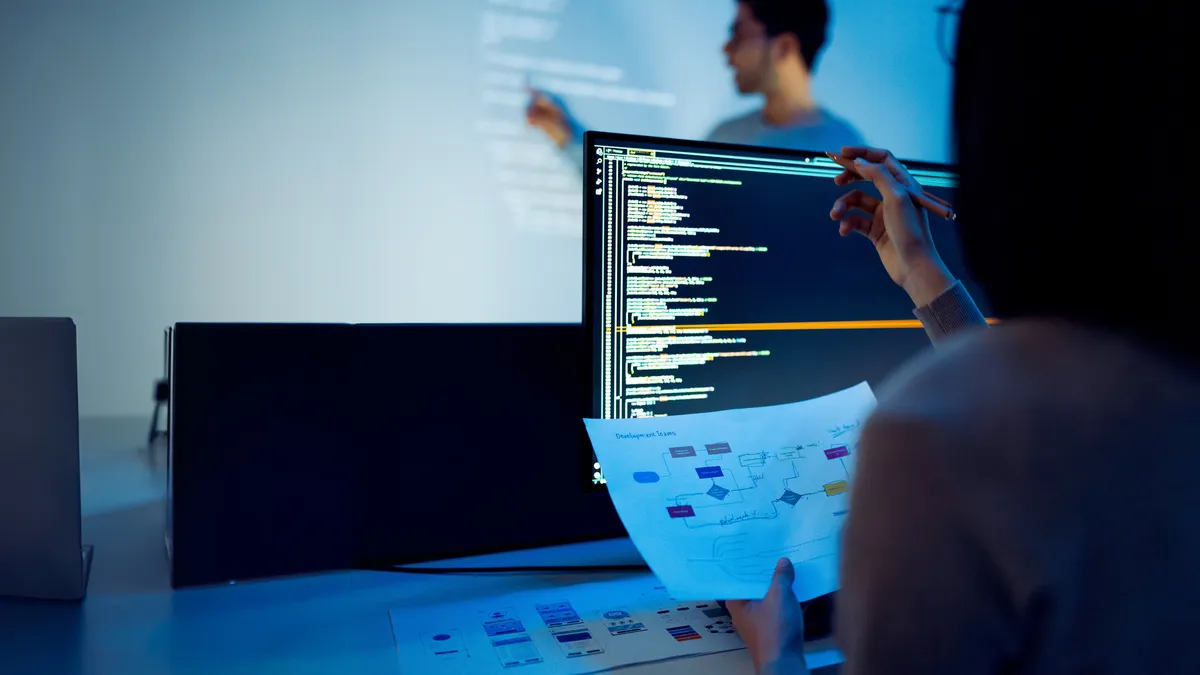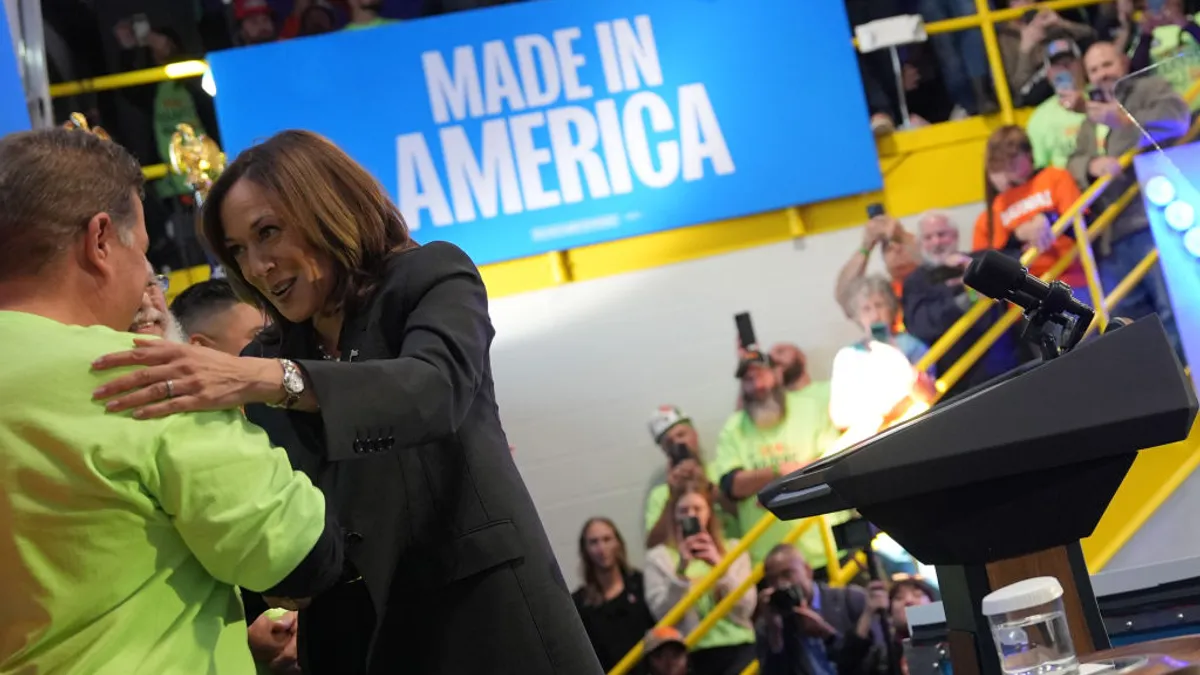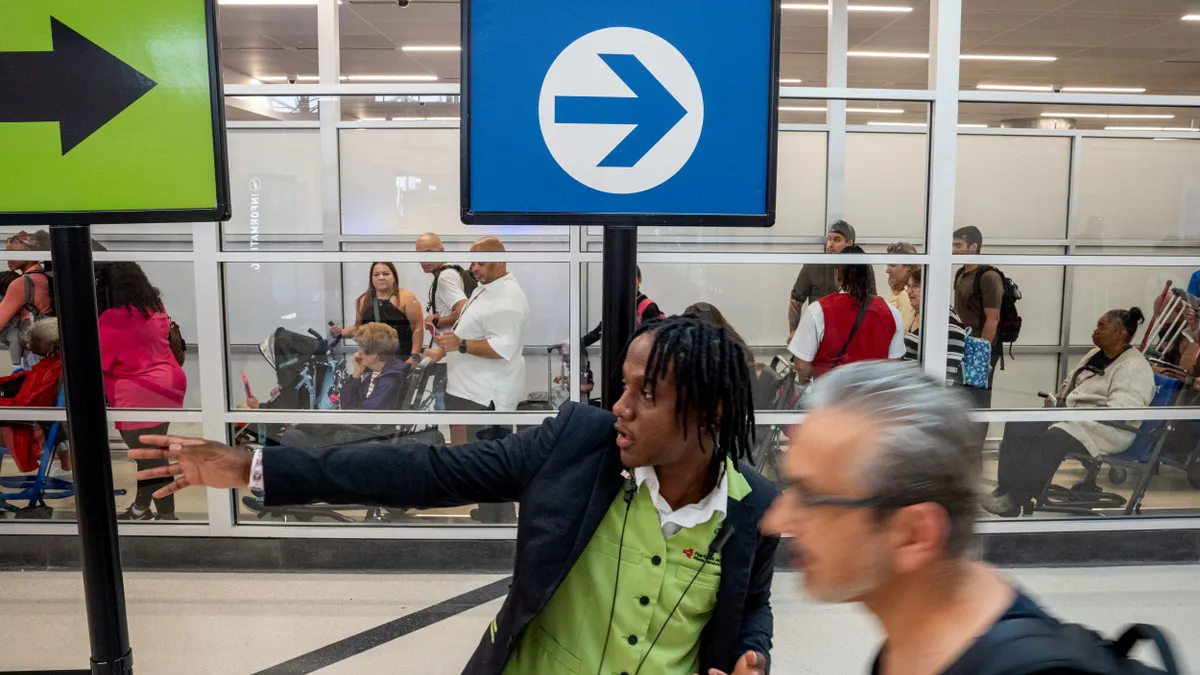Editor's Note: This story is part of a series on the multigenerational workforce. The full package is available here.
Today’s workforce is made up of five generations; from pre-boomers to GenZ, the age gap in your company could easily be 50 years or more.
For learning and development professionals, training such a wide range of learners presents some unique challenges. The learning needs of each individual must be addressed, all while keeping in mind that knowledge is the goal – no matter how you get there.
“L&D is under more pressure than ever before to be relevant and effective. This is particularly important when you’re addressing the needs of multiple generations," Carol Leaman, CEO of Axonify, told HR Dive.
This includes consideration of workers' experience in the educational system and the learning methods that were used; popular culture related to learning; available technologies and more, Axonify suggests in its white paper, 5 Training Must Haves For A Multi-Generational Workforce. Understanding some of those basics can help address each learner’s style and needs and help L&D professionals.
Assess skills
As with all learning initiatives, start with assessment of skills. Loni Freeman, VP of human resources at SSPR says a good approach is a combination of seeking information and then observing your workforce in action.
“Employees usually know what they need, but sometimes what they think they need and what they actually need are two different ideas," she said. Freeman noted that surveys may identify trends, but leaders need to assess collaboration as well. Surveys are only as good as the level of self-awareness from your staff," she said.
Value inclusion
It’s not enough to hire a diverse workforce; to be an inclusive workforce, everyone must have an opportunity to learn in whatever style works best for them. “No two people learn and retain knowledge in the same way or at the same rate,” Leaman said. “People build knowledge best when learning relates to what they know and what they don’t.”
Creating a variety of paths to knowledge allows workers who don’t see clearly down one path to try another. And the message you send when you provide variety? That no one learning style is better than another – therefore no one learner is better than another.
Smorgasbord-style
It's important to make sure variety is the overarching theme of your offerings; luckily, that's not too difficult as today’s learning professional has a wealth of options in their toolkit. Learning can take different forms: Classroom-style; lunch learning; online; micro-learning; mentoring and partnering; gamification and more provide the opportunity for each learner to choose the path that best suits their needs. Freeman finds younger staff learn best digitally; “They are social learners. They require collaboration and debate to retain information. As age advances, I observe more solitary learning, individual critical thinking, and then discussion.”
“There are absolutely different learning styles among generations," Andrés Tomás Tapia, senior partner and inclusion strategies solutions leader at Korn Ferry, says. "Older generations are used to more organized face-to-face situations such as instructor-led classroom style, where younger generations prefer asynchronous, just-in-time learning.” He notes Gen Z and millennials would be more apt to call up an app with the five things they need to know just before they embark on a task, where baby boomers are more likely to schedule a meeting, do advance work, then hold a formal debrief session.
Make it social
When you encourage shared learning, you allow employees to help one another informally and formally. Not only will you get an assist with teaching, the opportunity to bond can build bridges over the generations and open each of the learners to the others’ experience. As a bonus, learners will have a go-to person if they have follow up questions.
Open all night
If employees need information, make sure it’s readily available in real-time with ease of access. “If you make it accessible in a multitude of ways employees will reveal to you how they'd like to access it,” says Leaman.
“Daily, adaptive micro-learning lets employees from multiple generations expand their skills and expertise without taking them away from work responsibilities for hours at a time,” she explained. Access to information when needed helps employees better remember what they’ve learned, so they can put it to good use on the job.
Recognize and reward
Employees are constantly prioritizing and reprioritizing their workday, and few have the time to invest in learning. It’s estimated most employees can spend only five minutes per day on training in a normal workweek. This means that training must be relevant and timely; if an employee sees the value in learning, they’re already motivated. As they continue to access information, recognition and rewards will keep the learning stream open.
Tapia finds feedback, which is a form of learning, also varies across the generations. Where older generations are used to formal annual performance reviews, younger workers need ongoing, instant feedback. “They’ll ask how they are doing in the lunch line instead of a closed-door meeting and want constant feedback.” He believes they are conditioned by instant thumbs up, thumbs down, likes and micro-comments they receive online.
However you provide recognition, it should be part and parcel of the learning experience, individually and as a group. “The more leaders can recognize and reward cross-generational knowledge and skill transfer, the more likely the team will be successful," Freeman says.
Toss the stereotypes
It's safe to expect a variety of learning styles in your workforce, but you'll still need to set aside assumptions. Thinking that the computer whiz kid can't learn best practices for dealing with customers, or that seasoned workers won’t embrace new tech can be dangerous.
“Millennials are tech savvy, but so are older generations, and everyone likes choice,” Leaman said, adding that she believes organizations can use this to their advantage by implementing new mobile learning technology that appeals to all generations and mirrors the functions of familiar apps people use every day.
Finally, to successfully train a multigenerational workforce, make sure everyone understands that no matter how they get there, the goal is getting there together.


